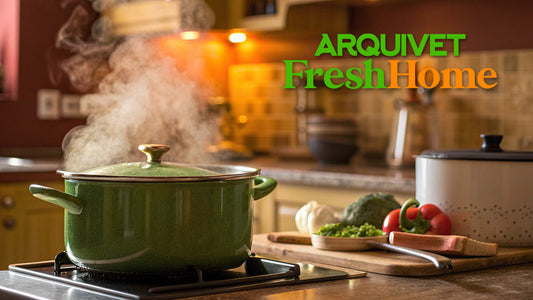
The best tricks to get my dog to eat food
Your dog's diet is essential for good health and well-being. Eating is a pleasure, even for our four-legged friends. However, some are more greedy and others are more finicky.
Broadly speaking, there are two types of dog food: wet food and dry food. Both types have advantages and disadvantages, but today we'll talk about kibble, the most widespread, common, and affordable type without sacrificing high quality.
Dry food is a healthy and balanced food. We always mean high-quality food, essential for the proper development and growth of our pet. Depending on the type of dog, age, and lifestyle, we will provide a specific food tailored to its needs.
They come in different types, flavors, colors, and smells, so you can find your pet's favorite. However, it's not always easy to get your dog to eat the amount of kibble you've offered. Even the most finicky dog owners, after several unsuccessful attempts, have surely wondered at some point: Are there any tricks to getting my dog to eat kibble? The truth is, there are, and here we're going to tell you what they are.
Let's get started!
Mix the feed
One of the best ways to get your dog to eat dry food – and one of the most effective – is to mix it with wet food.
Wet food provides extra hydration for our pets thanks to its high water content. It also aids digestion and is very tasty. Its intense aroma will capture your dog's attention and help encourage him to eat.
We recommend that, since wet food is very easy to handle, you mix it thoroughly with the kibble so that it blends in with the food. This will prevent your dog from leaving food in his bowl. Wet food combined with kibble is the ideal combination for a nutritious, healthy, and delicious diet.
Enriches the feed
Have you prepared chicken or vegetable broth? A good way to use it if you live with a picky eater is to pour it into their food. The broth should be 100% natural, free of chemicals, ingredients like onion, or seasonings like salt. None of these are good for your pet.
Adding chicken or vegetable broth to your pet's food will not only give it a different flavor but will also change the texture of the kibble, softening it and making it easier to bite if your dog has a dental condition or tooth loss.
Change your feed
It's possible that your pet has simply become bored with their routine diet and would rather try new things. That's okay; there's a wide variety, as you can see in the following link. dog food, where you can find inspiration and an alternative. Arquivet offers a wide range of products made from natural ingredients that will not only delight your pet for their flavor, but also you for their quality and high nutrient content.
Of course, the change must be a gradual process, since adapting to a new food is more complicated than it might seem. Therefore, it is recommended that, before giving the dog 100% of the new food, there be a few days where the ratio is 50% old food and 50% new food. We will then gradually increase the percentage of the new food until we are sure our dog tolerates the rations well.
Stimulates your appetite
Sometimes your dog needs a little push to get to his food bowl. You can help him whet his appetite by giving him some of his kibble as treats. That way, after he's eaten a few of these, he'll start eating.
Another way to stimulate their appetite is through long walks or play sessions. A proper exercise routine can prevent their resistance to food. They'll feel hungry and will respond to one of their most basic needs. Boosting their metabolism will be a good reason to eat their food.
Surprise him
The sense of smell is the first sense activated in dogs at mealtime. If we can attract them through their sense of smell, we'll almost have the upper hand. To do this, if dry food doesn't capture their olfactory attention, you can crumble a little cooked ham between the kibble.
Mix them well so they blend with the food and your dog can eat both. Above all, try to make sure your ham is unsalted, as it's harmful to your dog's health.
However, you need to monitor your dog's behavior, as you shouldn't get him used to these kinds of "surprises." They could be counterproductive, and your dog might only want to eat if he has some of those delicious pieces hidden around his bowl.
Change your habits
It's one thing to mix their kibble, the staple food, with small pieces of cooked ham. It's quite another, and highly inadvisable, to accustom your dog to eating foods at odd hours. While these aren't harmful to your pet's health, they can be detrimental to their training and eating routine.
We should avoid letting our dog eat human food, such as leftovers from our plates. These generally contain salt, and even in small amounts, they won't do any good for our pet's body.
Be persistent
It's very important not to give up. Patience, consistency, and persistence are your three best weapons for achieving good results. Find and understand the reasons why your dog is reluctant to feed and try to find alternatives based on understanding and with the goal of giving your pet a good quality of life.


